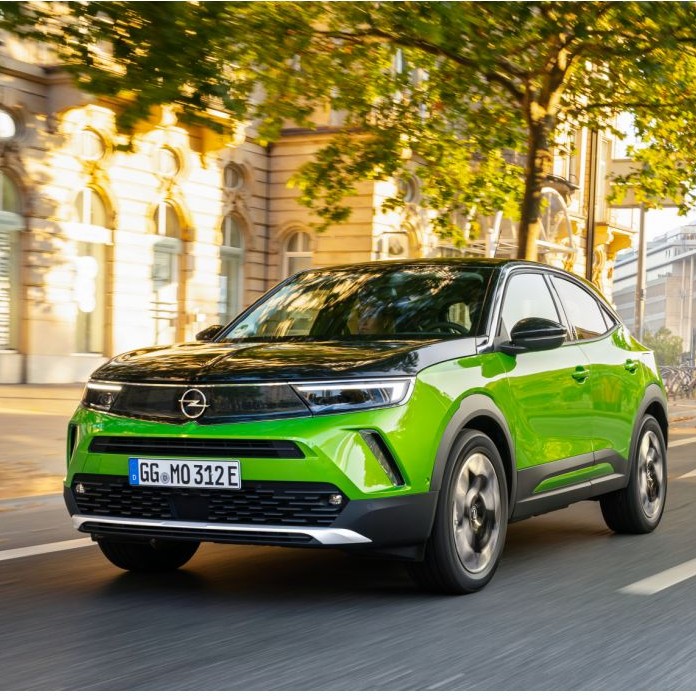Published:

Originally known as the, the Renault-Nissan-Mitsubishi Alliance is a French-Japanese strategic Renault, Nissan, and Mitsubishi Motors, which collectively account for more than sold globally. , Nissan and Renault have worked together strategically. Together, they employ people and manage eight leading brands: Nissan, Mitsubishi, Infiniti, Renault Korea, Dacia, Alpine, and Venucia.
Renault and Nissan have agreed to their long-standing partnership, reducing Renault's ownership stake in Nissan to of Nissan's shares into a French trust. Senior executives agreed that the enterprise's existence would only be particular with a compromise. The agreement, which is still , would equalize the cross-shareholdings of the firms, allowing the automakers to freely exercise the voting rights linked to their shareholdings, with a . Renault would also transfer of Nissan's shares into a French trust under the new arrangement. Nissan has long complained about the deal because it makes far more cars than Renault and claims it should play an equal role in the partnership. According to those familiar with the situation, some discussions up until this point were productive. In contrast, others had been hectic, and some had been Senior executives on both sides agreed that without such a compromise, Nissan and Renault would determine the enterprise's existence in months rather than
Renault and Mitsubishi Motors have agreed to, neutralizing voting rights but retaining economic rights until shares are sold. If selling those shares is and follows a Renault will provide the trustee with that instruction. The automakers previously agreed to form a coalition in they expanded it to consist of junior partner Mitsubishi Motors. about restructuring the Franco-Japanese alliance, Nissan and Renault reached this latest agreement.
Nissan and Renault have signed an to collaborate in the electric vehicle market, with Nissan investing in Ampere and Renault working together on operational initiatives in Europe, India, and Latin America. The agreement paves the way for greater collaboration between the businesses in the, which is crucial for the alliance as it works to adapt to shifting regulations and the difficulties posed by upstart rivals like Tesla and China's BYD. As part of the arrangement, Nissan would also invest in Renault's , Ampere, and the two businesses would work together on initiatives in Europe, India, and Latin America. The arrangement is essential to Renault's plans for electric vehicles since Renault wants to use Nissan's engineering strength and knowledge., the first mass-market battery-electric vehicle in the world, was introduced by the Japanese automaker in, giving it an advantage over rival Renault in the market.
In conclusion, we can find both Renault's and Nissan's strengths. For Renault, nations, particularly France, had been successful. Additionally, the organization developed a particular business culture. Nissan, in contrast, had also held the second spot in exporting, just after Honda in Japan, despite being lost for a
File under